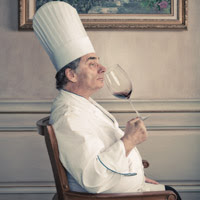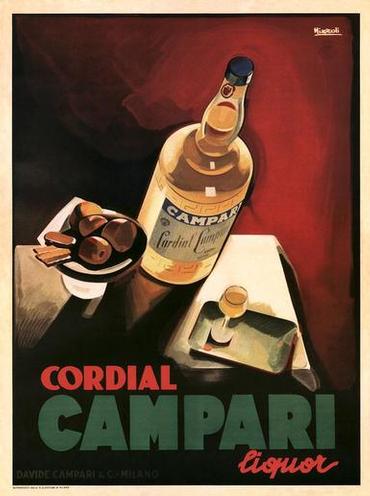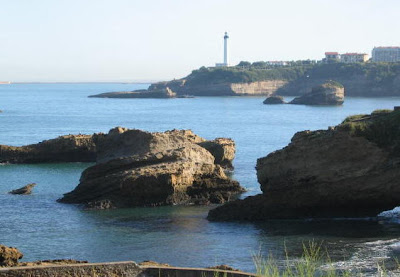"Simple", in reference to dining, has many connotations, most of which I associate with the unchallenged. I mean, I can appreciate a simple meal, home-cooked or eaten out, but I also appreciate a thoughtful meal. An elaborate meal. An edgy meal. And, there's always room for a special meal. Unfortunately, as more "special occasion" restaurants wind up in the ash heap, this kind of meal becomes even more vaunted with fewer places to enjoy the artistry, uniqueness and quality of a fine dining experience. It's all a little more than depressing for a foodie, and even sadder for those who have never known a meal out that inspires lifelong food memories.
Just after the financial collapse in the Fall of 2008, I began wondering about what the long term effects would be on the dining industry. We were already on the fast track to seeing "simple" dining take over as the most common form of dining, and even more restaurants began to downscale their concepts to appeal to more people conscious of price, convenience and overall image perception. So, you might say that the tipping point had officially arrived for the end of one era and the beginning of another. But, the dominoes continue to fall.

Le Bec Fin, the Philadelphia institution that has served haute cuisine in the French tradition for 40 years has decided to close next Spring. I've always subscribed to the Darwinian view when it comes to restaurant longevity, no matter what the style. It makes sense. Not only is it part of the American way of free enterprise, but the country is filled with restaurants that simply need to be put down. What matters for me, at least, is the "why" in Le Bec closing and what it means to diners today and in the future.
When a restaurant with such history and numerous contributions like Le Bec Fin shutters, you can't help but notice the significant change. In the words of King Georges (Perrier), "I have had a lot of good times, and maybe I realize that Philadelphia is ready for something else." Ouch. That takes a lot for a man with legendary stature and equally legendary ego to admit.
Old French Chefs don't disappear, they reinvent themselves. After all, when your entire life has been dedicated to all things culinary, it kinda stings when you have to give up the flagship. Whether his proposed plans for new, more modern eateries come to fruition or not is irrelevant. In fact, I think it's a given that as long as he embraces contemporary ideas, he's likely to succeed. But, the passing of this institution says something about us. And, though sad, I don't think it's all bad.

Change is good, especially in restaurants. Locally we have a newly re-opened restaurant, The Columbus Inn, that has embraced the present and has it's eye to the future. A multi-million dollar renovation includes a state-of-the-art kitchen, complete face lift and serious wine cellar. The contemporary New American menu is up to date for the seasoned diner, but doesn't alienate those used to simple, but willing to try something new. As far as those who do feel alienated, the "old school" dishes that the "old guard" laments about missing were once new in their time. People liked what they saw and tasted during that era, and they made the place their own- and that's the mark of a good restaurant. But, the primary reason it died off under the previous ownership/management was the inability to successfully bridge the past with the present. There were simply too many loyalists who had the right person's ear.

It's never easy for a restaurant to make the conscious decision to alienate current customers, but if they intend to be around for awhile, they need to think about taking the risk to create new ones. Case in point: the last time local Chef Dan Butler reimagined his flagship, Toscana Kitchen + Bar, he re-opened with a "no reservations" policy. It seemed to be the biggest complaint among long-time customers, but the move was made with the bigger picture in focus. It was the way the country was moving as a trend for that style of dining- and it was the strongest statement that could be made about the "new" Toscana: "drop in if you want- we'll make room for ya." The new rule stuck, and the newest incarnation was born. Approaching it's 20th anniversary in February, 2011, Toscana is slated for yet another reinvention next month.




























